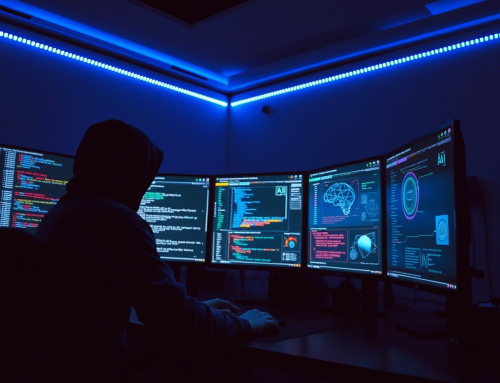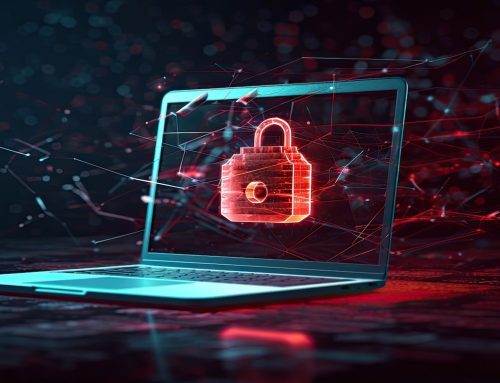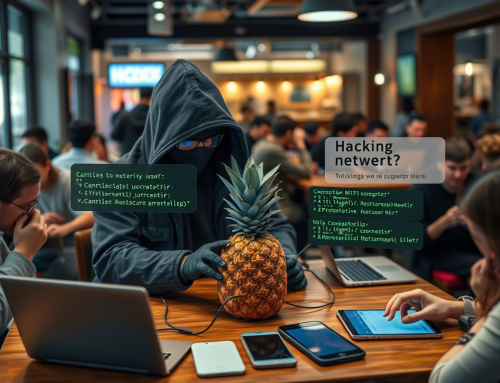When it comes to safeguarding your systems, staying ahead of potential threats is essential. For cybersecurity professionals, one of the most powerful tools available is the Windows Security Log. Properly monitoring and understanding key event IDs in these logs can strengthen your security posture and enhance your overall crypto security protocols.
To help you stay proactive, this guide explores the eight most critical Windows Security event IDs that you should be monitoring, why they matter, and how they can help protect your systems.
Why Monitoring Windows Security Event IDs Matters
The Windows Security Log maintains a detailed history of activity occurring within your systems. Key security event IDs can serve as early warning signals for malicious activity or breaches. These fall into two important categories:
- Single-occurrence events that may signal malicious actions.
- Abnormal frequency patterns that could indicate impending or ongoing security threats.
By being proactive with your monitoring, you gain the ability to detect—and defend against—potential issues before they escalate.
Let’s now break down the critical Windows security event IDs you need to track carefully.
1. Event ID 4624 – Successful Logon
This event represents every instance when a user successfully logs into your system. While successful logins often seem routine, they can hold valuable insights.
Why Monitor this Event?
- Detect unauthorized logins from inactive, restricted, or compromised accounts.
- Identify users logging in outside normal hours, which may indicate suspicious behavior.
- Find concurrent logins across multiple resources, potentially signaling credential misuse.
Keeping an eye on Event ID 4624 helps ensure no unauthorized user gains access undetected, protecting your crypto security and sensitive data.
2. Event ID 4625 – Failed Logon
Failed login attempts may indicate brute-force attacks or other malicious password-guessing behavior.
Why Monitor this Event?
- Detect brute-force password attacks on user accounts.
- Identify potential dictionary attacks from automated tools.
- Adjust your account lockout policies to avoid suspicious activity attempts.
Monitoring failed logon attempts allows you to mitigate password-related vulnerabilities and improve user account security.
3. Event ID 4728 – Member Added to Security-Enabled Global Group
4. Event ID 4732 – Member Added to Security-Enabled Local Group
5. Event ID 4756 – Member Added to Security-Enabled Universal Group
These event IDs specifically track group membership changes, particularly for security-enabled groups. Unauthorized changes to these groups could lead to privilege escalation.
Why Monitor these Events?
- Detect unauthorized group membership changes.
- Scrutinize additions to privileged user groups for possible privilege abuse.
- Identify accidental or malicious additions to security-sensitive groups.
By actively tracking these events, you’ll be able to ensure only authorized personnel maintain access to sensitive systems.
6. Event ID 1102 – Audit Log Cleared
Clearing system logs might seem purpose-driven, but malicious actors often clear audit logs to cover their tracks after breaching the system.
Why Monitor this Event?
- Identify attempts to erase activity records for malicious purposes.
- Detect unexpected log clearances and investigate further.
- Mitigate the risks of unauthorized tampering with your Windows Security Log.
By setting alerts for this event, you can act fast to identify suspicious log-clearing behavior.
7. Event ID 4740 – User Account Locked Out
Locked-out accounts can signify a brute-force attack or a user’s accidental oversight. Either way, Event ID 4740 should be consistently monitored to secure your environment.
Why Monitor this Event?
- Identify ongoing brute-force password guessing attacks.
- Protect legitimate users from being locked out due to configuration issues.
Account lockouts often signal an attempt to exploit vulnerabilities—make sure to investigate each occurrence.
8. Event ID 4663 – Attempt to Access Object
Event ID 4663 logs unauthorized attempts to access sensitive files or folders, and is critical for protecting data integrity and system confidentiality.
Why Monitor this Event?
- Detect any file or folder access attempts that are outside of normal permissions.
- Prevent unauthorized individuals from compromising sensitive business files.
Monitoring this event ID provides an additional layer of protection against unauthorized access to critical files.
Best Practices for Monitoring Windows Security Logs
To effectively monitor these critical Windows security event IDs, incorporate the following best practices:
- Set up Strong Audit Policies
Ensure your logs are configured to capture relevant event IDs. Without proper audit policies, critical events might not even be logged.
- Implement Log Aggregation Tools
Use a centralized logging solution, such as SIEM tools, to aggregate, monitor, and analyze event logs across multiple resources in one dashboard.
- Establish Monitoring Alerts
Set alerts for the most suspicious single-occurrence activities, including log clearance attempts or failed login attempts.
- Analyze Frequency Patterns Regularly
Establish a baseline frequency for standard activities. Use this data to identify any unusual surges that could signal malicious intent.
- Leverage Advanced AI Tools
For efficient monitoring, use AI-powered cybersecurity solutions to detect abnormal behavior faster and more accurately.
- Educate Your Team
Ensure your IT and security team understands these event IDs and why they’re critical. Equip them with the knowledge to act swiftly when red flags arise.
Elevate Your Security Posture with Comprehensive Monitoring
Understanding and monitoring these Windows Security Event IDs is essential for maintaining a robust cybersecurity framework. Proactive log monitoring can help you identify and neutralize threats before they impact your crypto security or business operations.
Keep your Windows environment secure, safeguard your data’s integrity, and maintain operational continuity by focusing on these eight key event IDs. Trust us when we say your proactive efforts will pay off in long-term protection.
For more insightful tips on tightening your cybersecurity posture and leveraging event IDs to your advantage, bookmark this page or explore our resources!





